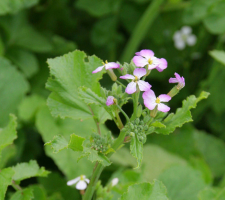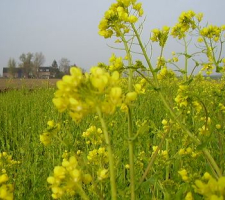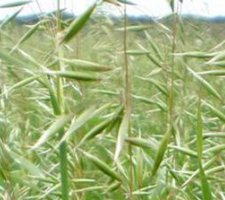CAP crops
Under the EU Common Agricultural Policy (CAP), many arable farmers and large maize growers must comply with ‘greening’ requirements. Mandatory catch crops (on sandy soils) after a maize crop are not included. The options include unmanaged field margins and sowing nitrogen-fixing crops, but a lot of catch crops are also sown. These must be sown before 1 October and remain in place for at least 10 weeks, and must consist of a mixture with at least 3% of the least abundant species.
Products
Fodder radish CAP
Fodder radish CAP consists of 97% fodder radish and 3% rocket.
The recommended sowing rate is 25 kg/ha and sowing is possible until the end of August.
Yellow mustard CAP
Yellow mustard is less effective against nematodes than fodder radish but the crop develops very strongly. Unlike fodder radish, yellow mustard can be sown successfully in September.
Yellow mustard CAP consists of 97% yellow mustard and 3% fodder radish.
The recommended sowing rate is 20 kg/ha and the costs per hectare are low.
Japanese oats CAP
This crop has grown in popularity in the last 10 years. It is a cross between oats and grass and can develop a large amount of biomass both above and below ground. It is not a host plant for the Pratylenchus penetrans nematode and suppresses the population.
Japanese oats CAP consists of 97% Japanese oats and 3% perennial ryegrass.
The recommended sowing rate is 50 kg/ha and sowing is possible until mid-September.
Greenmix CAP
Grass mixes containing different grass species can also be used. Pasture mixes containing timothy meet this requirement, as does Greenmix CAP.
Greenmix is a mixture of perennial, Italian and Westerwolds ryegrass. It grows quickly and can be mown after 2 years. This crop can be registered as temporary grassland.



